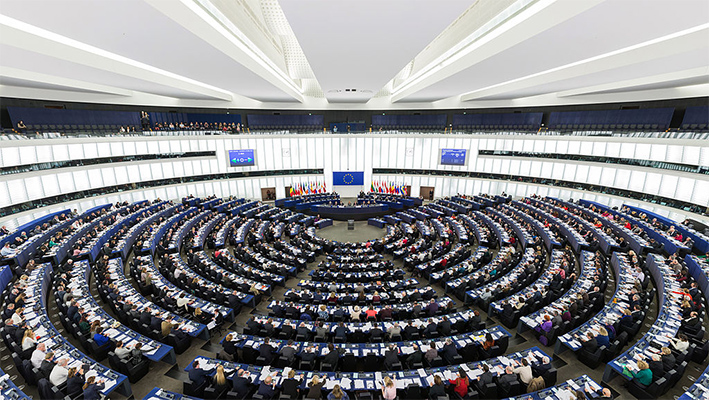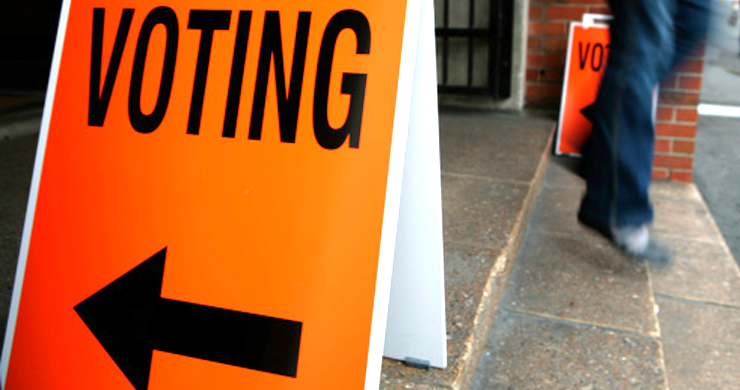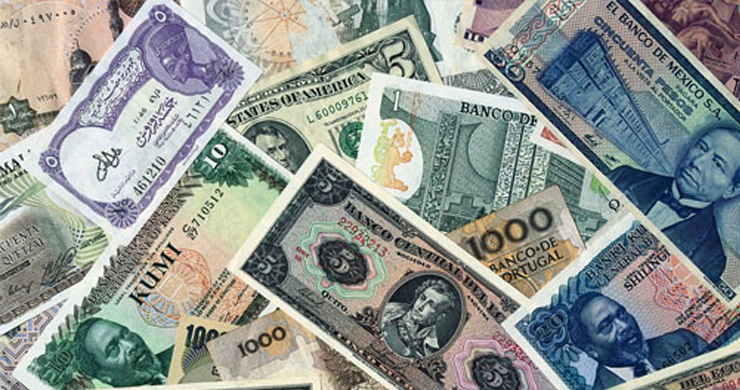How Does the EU Work?
The EU Referendum
The referendum or even THE idea that the UK will leave the EU is sometimes called Brexit; this is made up from two words Britain and Exit.
Some people have introduced the term ‘Bremain’ which is made up from Britain and Remain.
We are having a referendum because the Conservative Party promised it if it won the 2015 UK general election.
Before having the referendum the Prime Minister made some changes to the UK membership rules:
- Sovereignty – The UK will not be part of the "ever closer union" part of the EU.
- Eurozone - Britain can keep the pound while being in Europe without any problems from not using the Euro.
- Britain's large financial services industry in the ‘City of London’ will be protected from Eurozone regulations.
- Competitiveness - All parts of the EU will cut ‘red tape’.
- 'Red card' for national parliaments - If 55% of national EU parliaments object to a new EU rule.
- Some limits on free movement - End free movement rights for people who marry an EU citizen and new powers to exclude people who might be a security risk.
- Benefits - The UK can reduce some benefits for EU migrants during their first four years in the UK.
- Child benefit - Child benefit for children living overseas based on living costs of the children.
A fun guide to the EU for Americans
Parts of the EU
The European Parliament
People across Europe vote directly for their own MEP’s (MEP = Member of the European Parliament).
There are currently 751 seats within the European Parliament which is elected every five years.
The European Parliament has very few powers:
- It approves the budget but does not set it.
- It makes recommendations which are not binding so has very little actual power.
- It can request legislation (laws) to be started by the European Commission which is the only part of the EU that can do this.

Image: European Parliament Strasbourg Hemicycle - Diliff © Wikimedia Commons under Creative Commons Attribution-Share Alike 3.0 Unported
The Council of Europe is made up of the Heads of States (like our Prime Minister) of each member country.
The Council of Europe has no formal powers but is hard to ignore because it is made up of the 28 Prime Ministers and Presidents.
It can also request legislation from the European Commission just like the European Parliament.
The European Commission is made up of 28 members (one from each member country) appointed by the National Government of each country.
The Commission is responsible for the day to day running of the EU just like the Cabinet Governments of Wales and the UK.
Nearly all powers and the power to start legislation are reserved for the commission.
Most of the power therefore in the EU comes directly from the Heads of State of the member states; either directly or by the European Commissioner that they appoint to the Commission.
Pupil Activity
Use a mind map type of diagram to show who has the most power in the EU.
Another issue you may find of interest, Investigating The Welsh Government Elections 2016.

